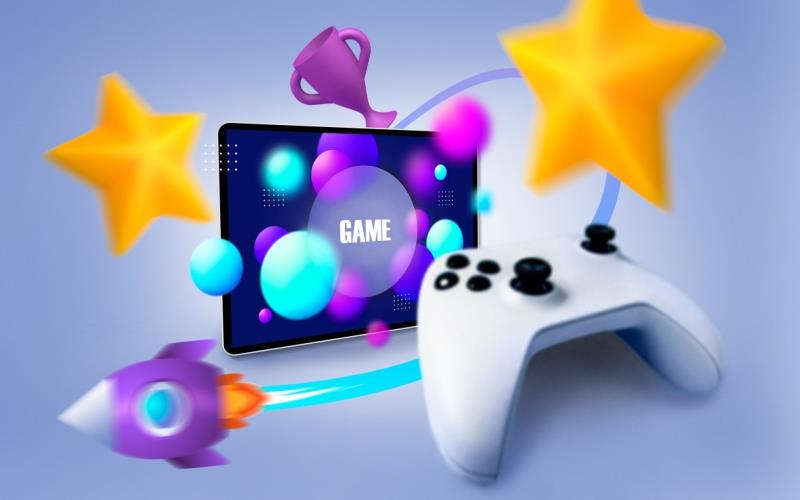Introduction
Online gaming Ufabet สล็อตเว็บตรง has become a global phenomenon, attracting millions of players from diverse backgrounds. Yet, behind the screens, there lies a persistent issue – gender representation. While gaming offers a realm where players can transcend boundaries and assume various identities, it often reflects and perpetuates real-world inequalities. This article delves into the complexities of gender representation in online gaming, exploring the current landscape, challenges, and potential solutions.
Cultivating Inclusive Spaces Creating
Cultivating Inclusive Spaces Creating inclusive gaming spaces requires concerted efforts from developers, communities, and players alike. Game developers must prioritize diversity and inclusion in character design, storylines, and gameplay mechanics. By incorporating diverse representations of gender, games can better reflect the realities of their player base and challenge existing stereotypes. Furthermore, fostering supportive communities through moderation and proactive measures can combat toxicity and promote inclusivity.
Empowering Voices Empowering women in gaming extends beyond representation to amplifying their voices and contributions. Platforms and organizations should provide opportunities for female gamers to share their experiences, insights, and expertise. Highlighting women in gaming journalism, streaming, and esports can challenge stereotypes and inspire the next generation of gamers. Additionally, mentorship programs and networking initiatives can help women navigate and thrive in the gaming industry.
Representation in Games: One of the most visible aspects of gender equality in gaming is the representation of female characters within games themselves. For a long time, female characters were often relegated to secondary roles or portrayed in ways that emphasized their physical appearance over their abilities or personalities. However, there has been a push for more diverse and nuanced representations of women in games, with efforts to create strong, complex female protagonists and to avoid overly sexualized or stereotypical depictions.
Inclusive Design: Game developers are increasingly recognizing the importance of designing games with a diverse audience in mind. This includes considering the needs and preferences of female gamers when designing gameplay mechanics, interfaces, and narratives. By creating games that appeal to a broader range of players, developers can help foster a more inclusive gaming environment.
Combatting Harassment and Toxicity: One significant barrier to gender equality in online gaming is the prevalence of harassment and toxicity directed towards female gamers. Women often face verbal abuse, threats, and other forms of harassment simply for participating in online gaming communities. Addressing this issue requires proactive efforts from both game developers and gaming platforms to enforce codes of conduct, implement reporting and moderation systems, and create safe spaces for players to engage with one another.
Community Building and Support: Building supportive communities for female gamers can also help promote gender equality in online gaming. This includes creating spaces where women can connect with one another, share their experiences, and support one another in navigating the challenges of gaming in a male-dominated environment. Organizations and initiatives focused on promoting diversity and inclusion in gaming can play a crucial role in fostering these communities.
Representation in the Industry: Achieving gender equality in gaming also requires addressing the lack of representation of women in the game development industry itself. Efforts to recruit and retain more women in game development roles, as well as to address systemic biases and barriers to entry, are essential for creating a more diverse and inclusive industry.
Conclusion
Overall, achieving gender equality in online gaming requires a multifaceted approach that addresses representation in games, inclusive design practices, combatting harassment and toxicity, building supportive communities, and promoting representation within the industry. While progress has been made in recent years, there is still much work to be done to create a gaming culture that is truly inclusive and welcoming to all players, regardless of gender.


